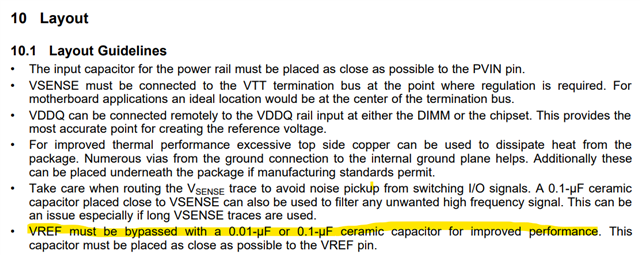Tool/software:
Hello
We are using the LP2998MR in a supercapacitor balancing application (2 × 3.3 F, 2.7 V supercaps ). Part of the circuit is based on TI reference design https://www.ti.com/tool/PMP9766#tech-docs
The boards are powered from 5 V with current limited to 150 mA (requirement of the solution).
-
In the 29 prototypes, 21 units work correctly and the supercapacitors charge up to the nominal voltage.
-
In 8 units, the supercapacitors do not charge: the VC voltage does not rise above ~1.25 V.
Removing Q1 and Q2 did not resolve the issue.
Replacing the LP2998 on failing units restored normal operation, with the supercaps charging and balancing correctly.
The removed IC, when placed into a good board, reproduced the same failure.
- Is there anything wrong in our circuit that could be damaging the IC LP2998, or is this simply a case of defective devices ?
Thanks in advance





